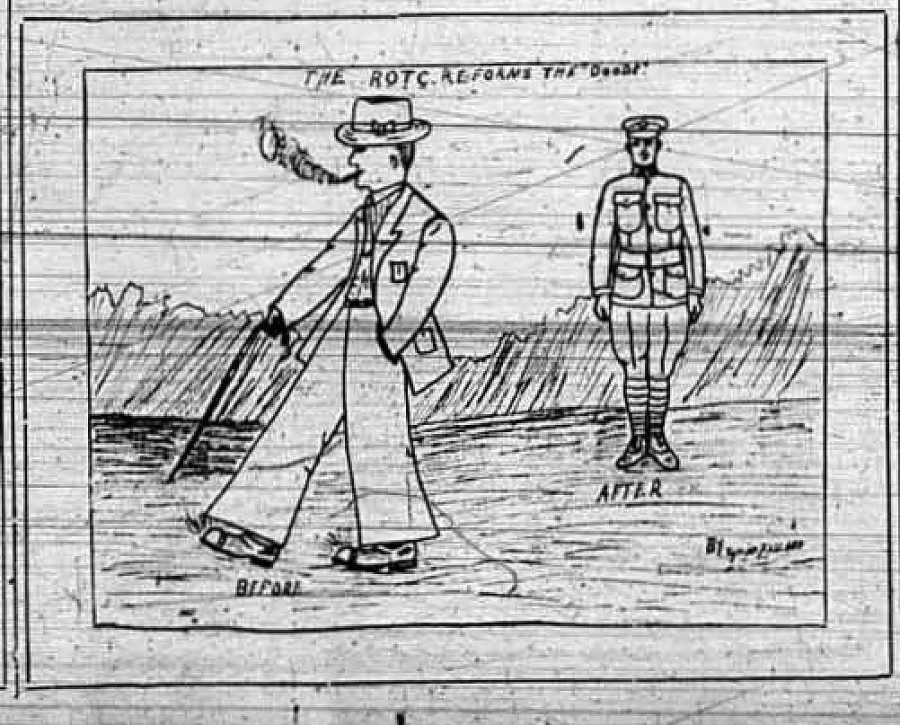90 years of news: Alternative campus publications since 1900
January 29, 2015
After 90 years, we like to think we’ve learned a thing or two about this whole journalism shtick. We were by no means the first source of news on campus, and very rarely in our history have we been the only one.
1900-1925:Before the first issue of the College Heights Herald in 1925, only two publications were prevalent on campus in their rampant and racist glory. The Green and the Gold instructed the young ladies of Potter College circa 1902 on the ways to remain modest, as well as the history of Bowling Green settlers conquering the “savage Indians.” The Elevator had a fairly successful run with columns on political happenings, but reflected the unfortunate values of society at the time with columns such as “What shall we do with the negro?”
1930s: Students Weekly was initially a rudimentary pamphlet publication beginning in the 1930s. It began by including many personals that it saw as interesting to others whether it be “the muses about your rheumatism, heartaches… or what have you,” before transitioning into a faculty community paper.
1940s & 1950s:The business-centric attitude of the country was evident in the independent publications in the area. Most were small books including news related to Bowling Green Business University and the successes of prominent business men, such as the T ‘n’ T publication. Sports programs including detailed information about the upcoming game with pictures and statistics were consistent in gameday releases.
1960s: The ‘60s were filled with independent publications from a variety of members on campus. One of the most popular, Apocalypse, appeared late in the decade with an aggressive mission to publish any and every point of view. The publication caught some flak for allowing African American oriented content and responded by submitting a column to the Herald that welcomed any challenges to their content with open arms.
1970s: Political unrest of the decade translated into several independent publications across campus. Expatriate was created by former Herald staff members “who could no longer conscientiously continue to work under conditions that included a corruptly-structured publications board, an administration sycophant for an advisor and direct interference by the president of the University.”
1980s: As the rest of the country took a (what we can now call) odd turn in fashion in culture, tailored interests began to pop up more prominently across campus. SGA provided Hill Talk as an effort to focus on political issues and controversy on campus, and the Kentucky Museum issued newsletters to announce events and discuss collections in Fanlight.
1990s-2000s: The past 25 years have been full of technological advances. It’s a feat if you can find journalists who agree on what the term means and where the industry will end up. The satirical Big Red Tool supplements campus news with appropriately inappropriate humor.













